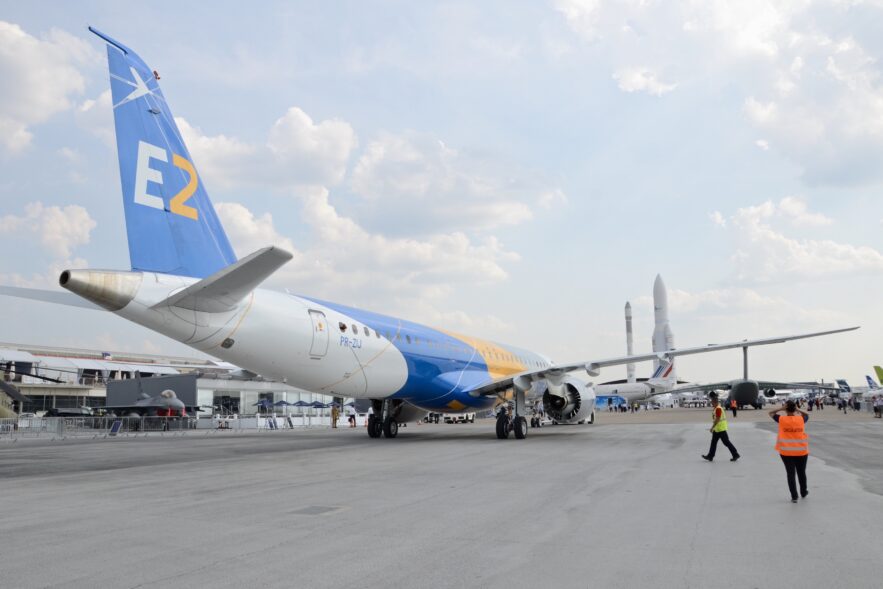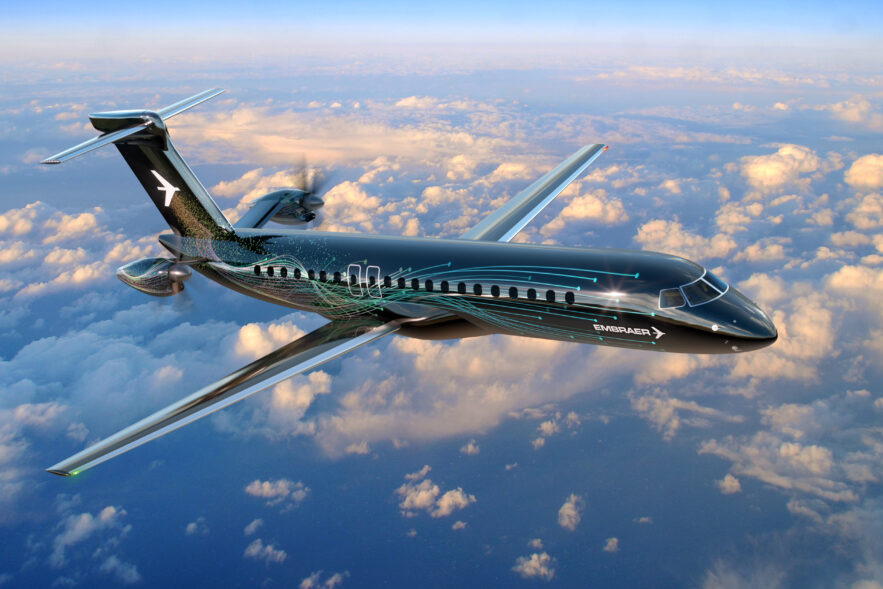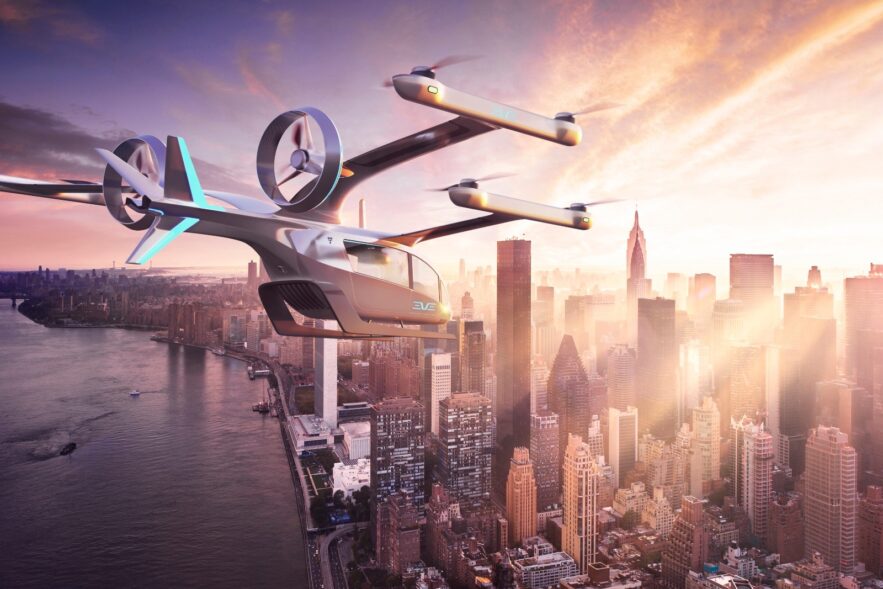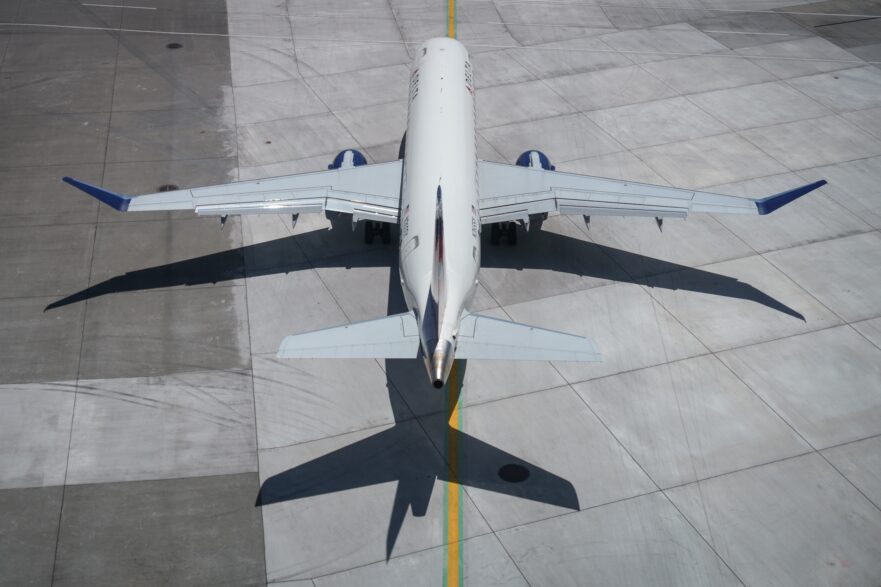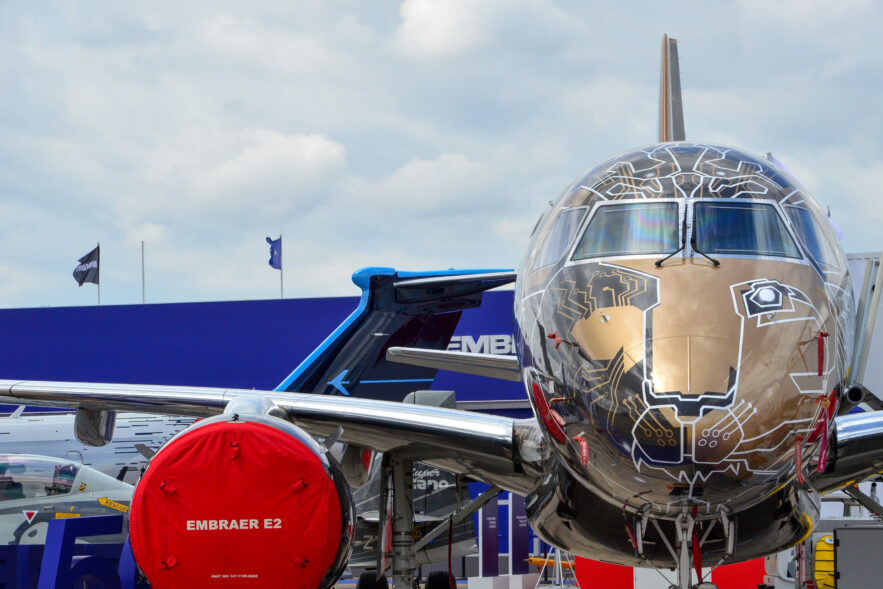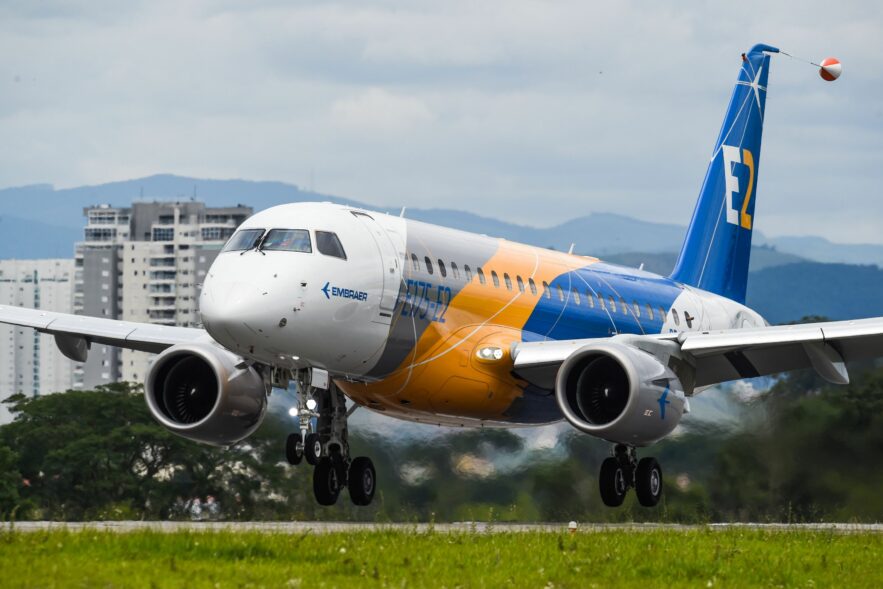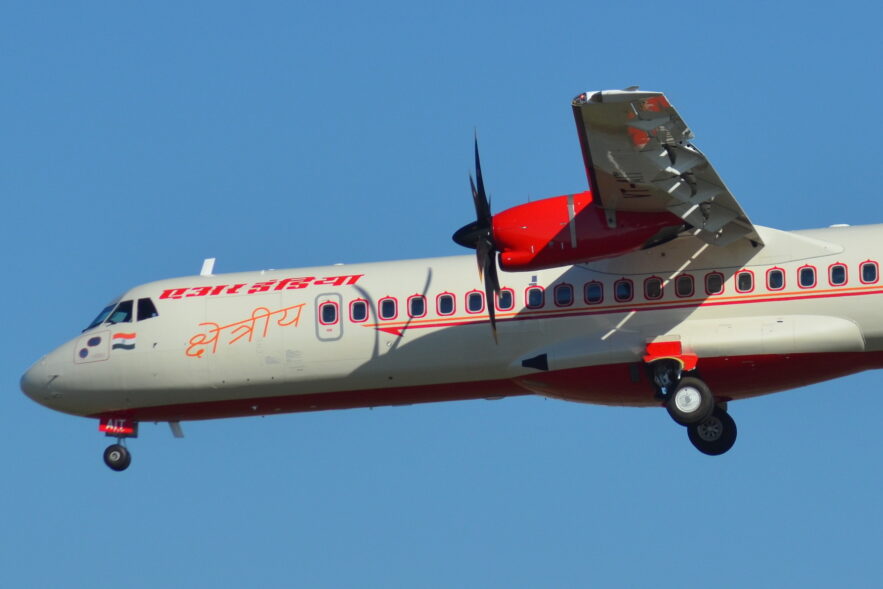Log-in here if you’re already a subscriber Release DateMay 1, 2020Embraer can survive solo, but outlook mixed after Boeing breakupPurchase...
Log-in here if you’re already a subscriber Release DateOctober 24, 2023Honda sets up test of FAA for nearly-new Echelon business...
Log-in here if you’re already a subscriber Release DateNovember 16, 2023Embraer enters ‘harvest season' after decades of unceasing developmentPurchase a...
With this evaluation for its turboprop concept, Embraer is scratching at an entirely new strategic consideration for a multi-decade aircraft program. While large aircraft design has relied on the same fundamental type of fuel, coupled with successive generations of ever-improving engines, Embraer views its new 90-seater airframe as propulsion agnostic and a halfway step toward hydrogen. Positioning the engines on the rear of the aircraft might not produce the single most optimized design in 2027, but, in Embraer’s view, that deliberate non-optimization allows room for future evolution and growth.
Fundamentally, even with this new shape, Embraer’s tentatively designated TPNG 70 and TPNG 90 (Turboprop Next Generation) haven’t changed in their overall mission. The aircraft is still a 70 to 90-seat turboprop with a range “a little bit more than 800 nautical miles” but optimized for flights between 250 and 300 nautical miles and flown at speeds “faster than an ATR, but not as fast as the Dash 8-400,” said Souza, putting its cruising speed between 300 and 360 knots. Embraer’s goal is a 15% to 20% improvement in cash operating costs for its bigger TPNG 90 compared to the ATR 72-600.
When Embraer spinoff Eve on Dec. 21 confirmed plans to combine with Zanite Acquisition Corp., it became the sixth company in the urban air mobility space to link up with a special purpose acquisition company (SPAC). Rather than speak to the continued strength of SPACs, however, the deal illustrates the funding vehicle’s decline as an ample source of outside capital — even as it cements Embraer’s strategy of using partnerships to expand into new markets.
Log-in here if you’re already a subscriber HEAR FROM THE AIR CURRENT Leave this field empty if you're human: Release...
In an extended interview, Arjan Meijer, Embraer's new Commercial Aviation CEO sat down with The Air Current to discuss what it wants in a partner and its path to a new turboprop.
Brazil’s thrice-elected president, Luiz Inácio Lula da Silva, is slated to meet with China’s leader Xi Jinping on April 14, in a pivotal visit between the nations with a potentially profound impact on western aerospace.
Log-in here if you’re already a subscriber HEAR FROM THE AIR CURRENT Leave this field empty if you're human: Release...
The nuances of regional markets, both emerging and established, will offer a path for Embraer's E3, but will also limit its possible success. Turboprop customers are particularly sensitive to aircraft pricing, which will be challenged by the scope and pricing of a new development. By reintegrating its commercial unit, Embraer’s engineering talent is unconstrained to operate across its executive jet, defense and eVTOL businesses.
Sign up to receive updates on our latest scoops, insight and analysis on the business of flying. Electric vertical take-off...
